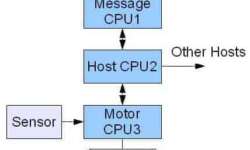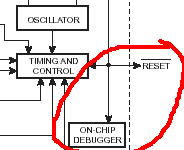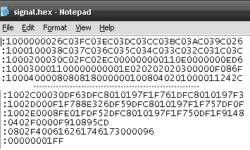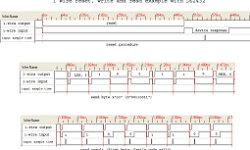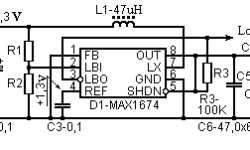What are electrical switches principles and switching problems?

Switches are an important part of electronic systems. It is one of the most frequently used human interaction with electronic devices methods. But switches are the mechanical components that are a vital part of any equipment. Electrical switches Electrical switches are as old as electricity. The function is always the same – it makes or breaks current in a circuit. In early 19th switches were used for DC circuits, while later for AC and then they serves for switching wide spectra signals starting from audio and ending with digital. Well, switches have changed compared to those before 100 years, but the principle is the same old as the electric itself. When the switch connects the circuit path, it has a resistance of mOhm, and when the current path is broken, resistance is high MOhms and higher. This resistance and maximum voltage that can be applied to insulation is often a major important and vital feature that leads to switching stability.







